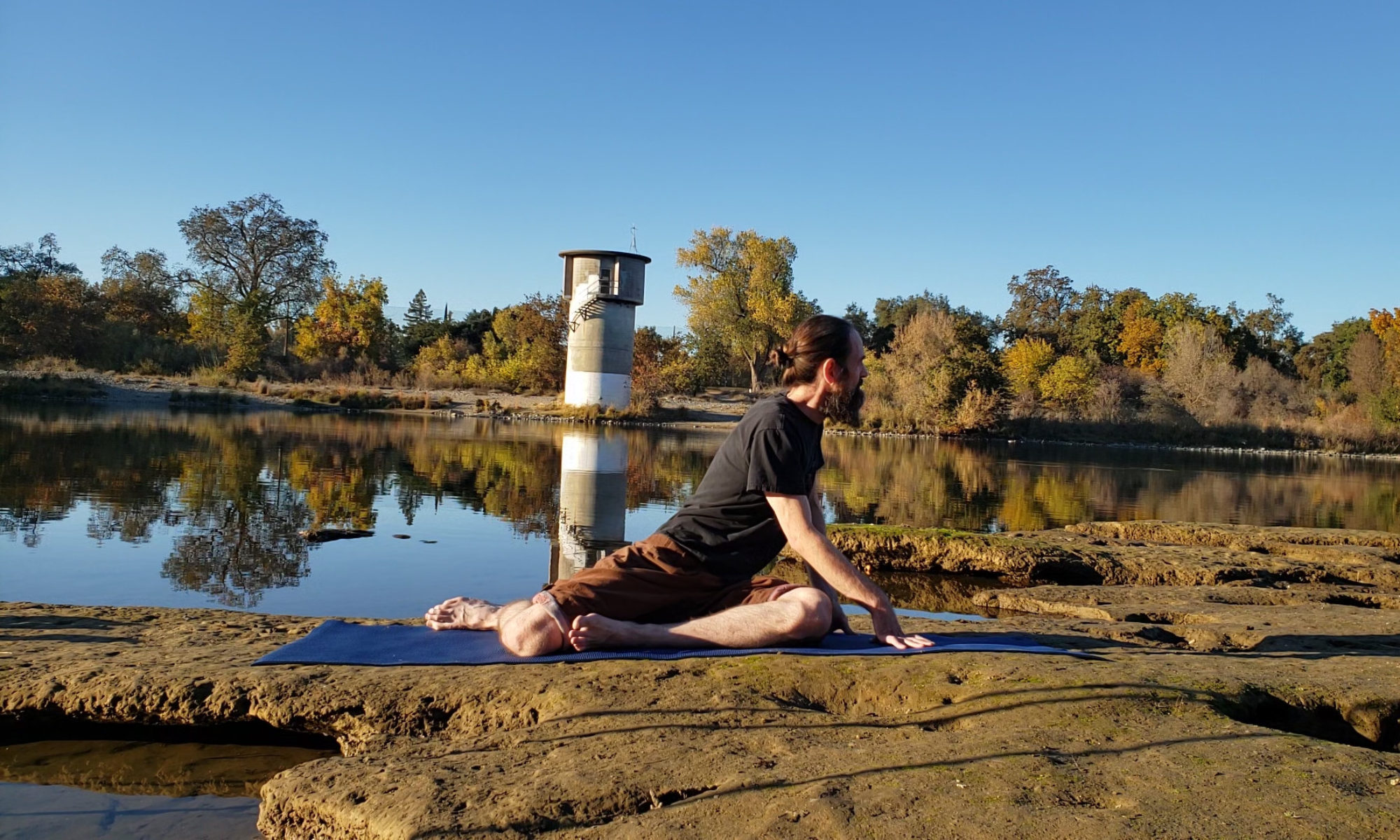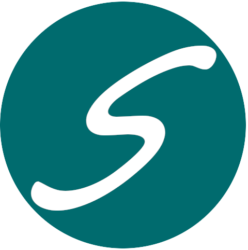Sequential stretching is a new flexibility technique that I am developing which borrows some of the best aspects of traditional Yoga with other flexibility techniques like dynamic stretching and Proprioceptive Neuromuscular Facilitation (PNF). It can dramatically improve flexibility and balance even in people who haven’t seen significant improvements from traditional methods.
In its simplest form, sequential stretching involves slowly moving the body along a path, adjusting the direction and speed of movement based on tension feedback from the muscles. As the body moves along the path, frequent pauses are taken for microstretches. A microstretch involves: mentally scanning the muscles involved for tension, adjusting, and relaxing so that this position could be kept in the most relaxed state possible for several minutes, but might only be kept for a second or two. Each trip along the path may involve hundreds of microstretches, each similar to a short, relatively shallow static stretch. This series of microstretches along a path is called a stretch sequence.
Basic Stretch Sequence
- Choose a traditional, static stretch. Move to a highly relaxed, balanced, minimally-engaged position in the range of motion of that stretch. Take a couple of deep breaths and adjust the body to see if this position can be any more relaxed and balanced. Feel how deeply relaxed the body is in this initial position for the sequence.
- . Mentally remind yourself that:
- A body free of tension can move substantially away from this position but feel almost exactly the same.
- The cause of any position (within reason) feeling tighter than this is muscle tension, not just engagement.
- Very slowly and gently deepen the stretch to a new position that feels just slightly less relaxed than the initial position. Pause to see if the body can return to the same feeling of deep relaxation.
- Add smooth motion by very slowly deepening the stretch in this manner or moving adjacent joints to the muscles under tension in a linear, curved, or circular motion. Have some particular path shape in mind for the initial goal in the Range of Motion (ROM) of the stretch, but be flexible about it, so that if part of the goal ROM is too tight, modify it to a more comfortable ROM. When deciding whether to go to a deeper position, think of the keywords: slowly, gently, mindfully (mind focused on current perceived tension levels).
- Throughout the motion, take brief pauses for microstretches, which may include a deep breath, ensuring each pause of the stretch is performed at the most relaxed level currently possible for that body position.
- Continue repeating the smooth motion and microstretches for as long as microreleases are sensed and time permits. Microreleases are tiny releases of muscle tension which may be perceived as pops, cracks, tingles, foreign-feeling muscle sensations or movement, choppy motion, and/or temperature changes.
Technique Optimizations
The basic steps above provide some of the biggest benefits of sequential stretching and can begin the journey to a more flexible body. There are a lot of optimizations that help to make the most of the time spent in stretch sequences. Once confidence in the basic technique is gained, slowly add these in to improve the variety, increase the rate of tension release, and open up new muscle areas to stretch.
- Muscle Isolation: Using body positioning, gravity, or limbs not directly involved in the stretch to disengage the muscles being stretched.
- Bidirectional tension modulation: In addition to relaxing when tension levels are too high, add small amounts of tension by adjusting the body position with area expansions/contractions, and targeted microexpansions when tension levels are very low.
- Tension visualization: mentally picturing a representation of the varying levels of tensions throughout the ROM felt while moving through the sequence.
- Simplified Positional Posing and Movement (SPPM): mental simplification of body positioning by thinking only of one or a few specific points on the body to position in space throughout the sequence, allowing the instinctual parts of the nervous system to decide on the most relaxed positioning of all other muscles.
- Exploratory movements: picking specific points or large areas in the body and gently attempting to move them in a particular direction, expansion, or contraction during the stretch sequence. The points or areas on the body may have no known ability to move in that way, but can suddenly spring to life when prompted, sometimes exposing knots that were previously imperceptible.
- External sensory deprivation. A darkened, temperate, quiet room with eyes closed and mind focused on the body can starve the mind of sights, sounds, and sensations outside of the body while heightening the perception of tension and the sounds and feelings of microreleases.
- Squeaky wheel gets the grease: spending the most time on the most effective stretch sequences. The body may have areas all over with poor ROM that are in need of release, but if the muscles of that area are too wound up in knots, there may be no effective body positions to release that tension until some of the underlying tension is released. Instead of spending equal time on every stretch imaginable; stretch the most the areas that release the most. Eventually, stretches of adjacent muscle areas will unlock the neglected muscles enough so that they can be effectively stretched, too.
- Relaxation medicine. Relaxed muscles and heightened sensory awareness from some medicines can improve the tension release rate tremendously. I hesitate to advocate for any particular medicines, but someone who already takes medicine that has these effects should consider trying these techniques with and without the medicine to see which works better for them.
Lots More to Come
I’m working on posts and videos describing both the basic technique and the optimizations in more detail, as well as specific stretch sequences that I have developed. Hopefully, this post provides enough information to understand the basic mechanics of the technique.

